Rupali Bansode
During my field work for research on female Tamasha artistes, I was fascinated by a few interesting links I found between the two communities: Bedias and Kolhatis. In a recent conference, where I presented my paper on Tamasha dancers, I pointed out the link between these communities and was questioned on its validity by few researchers, working on the same line. Therefore, this is an attempt to discuss the association between these two communities, with special reference to the lives of women. The debates on the axis of Caste-Gender-Sexuality-Labour are important topics, and are discussed by Dalit women and feminist groupsi. Though I have discussed these debates in brief, I am more interested in understanding the underlying intersectional links and realities of caste, gender and labor relations of our society that force women from these communities to remain in extremely marginalized states, with very few choices for equal and upward mobility.
In the initial phase of selecting this theme for my research, my hypothesis was that only Mahar and Mang communities of Maharashtra are involved in Tamasha. With more research and field work, I realized that even Kolhatis are involved in this profession. My zeal to know more about the community led me to an outstanding work by Kishore Shantabai Kale, who himself was from the Kolhati community and the son of a female Tamasha artiste. Despite facing humiliation and anguish from family members, peers and teachers at college level, Kale succeeded and become a doctor. He wrote his autobiography called, ‘Kolhyatyache Por’ which was highly acclaimed. In ‘Kolhatyache Por’, he describes the lives of his mother and aunts who were Kolhati women involved in Tamasha – from childhood till old age. He also portrays the struggle of the Kolhati women’s children in making a space for themselves in this world. Unfortunately, Kale met with an accident and lost his life in 2007. Kale’s efforts had initiated an effort to know the lives of Kolhati women in a better way. But it is a dismal fact that after his death very few attempts were made by researchers, feminist groups, policy-makers and others who share the responsibility of making this community’s life more visible, to connect to this community. This write-up is just an effort to start some discussion around these communities.
Bedias in Nautanki and Kolhatis in Tamasha
Both the Bedia and Kolhati communities are involved in the profession of dancing, popularly known as Nautanki and Tamasha respectively. Nautanki is a folk art, popular in north India, especially in the states of Uttar Pradesh and Bihar. It showcases folklore and mythological plays, fused with songs and dance. Nautanki shows usually begin in the evening and go on till morning. People from the Bedia community are involved in this art form. Anuja Agarwal’s work (2007), ‘Chaste Wives and Prostitute Sisters’, details the lives of Bedia women in the structure of prostitution. Meena Gopal (2011) in her article, ‘Caste, sexuality and labour: The troubled connection’, mentions a finding from the study done by ‘Forum against Oppression of Women’ and ‘Research Centre for Women’s studies at SNDT Women’s University’ in 2005 which shows that “42% of women in the dance bars of Mumbai, belonged to Bedia community”.
Tamasha is a folk art of Maharashtra, which has flourished since the 16th century. Tamasha, a Persian word, means ‘fun’ or ‘entertainment’. Under the Mughal rule in the Deccan, this word was adopted by the locals here. The two main elements of Tamasha are Lavani – erotic song with dancing, mostly performed by women and Vags- plots (skits) performed by both men and women. Earlier there was also a tradition of ‘bin baykacha tamasha’ (tamasha without women), in which men danced in women’s attire with feminine body movements and this still continues in a small way. Sangeet-baari and Dholak-baari are two types of Tamasha troupes; the former has women majorly from the Kolhati community, having stabilized theatres and a focus on Lavani, whereas the latter include Vags as well as Lavani in their performances. Most of the women in Dholak-baari are from Mahar and Mang communities. In the past few years some women from the Maratha community are looking at Tamasha as a source of livelihood.
Other than the component of dancing, Kolhatis and Bedias have one more feature in common, which is highlighted by R.V. Russell & Hiralal (1916) in their book, ‘Tribes & Castes of Central Provinces’. This is the only book in which the historic association between Kolhatis and Bedias is clearly mentioned. Here, Russel and Hiralal say that:
“The Kolhatis of Berar appear to be a branch of Beria who have settled in the Deccan.”
Kolhati is a community in Maharashtra, which follows the occupation of entertainment and is famous for its acrobats. They are classified as a Nomadic Tribe by the Government of Maharashtra. The common surnames in the communities are Jadav, Chandiwali, Kale, Morade etc. The Sangeet-baari phad in Jamkhed Ahmednagar follow the Jadav surname. Beria is also a nomadic tribe that is notified under the Criminal Tribes Act (first enacted in 1871). Though Beria is said to originally belong to Uttar Pradesh and Bihar, they are present in different parts of India and are known by the local names. In this context, Kolhatis may also be a part of the Bedia community (specified by Russel and Hiralal, 1916).
Both the Kolhati and Bedia women who dance are bread-winners for their families. They have relationships with men, who maintain their families by giving financial support. The children born out of the relationship are taken care of by the family members and they get legitimacy in the community. But these children face many problems in adjusting with the so called ‘normal’ society, which is patriarchal in nature and lies outside their community.
A tradition of ‘Nathutrai’ is also common between these communities. Nathutrai is done when the Kolhati or Bedia woman is initiated into the sexual life. There is a difference between the lives of Bedia women involved in Nautanki and those involved in bar dancing. Anuja Agarwal specifies that before a Bedia girl enters the profession of prostitution, she is given two options; she can either get married or get involved in prostitution. A wife is expected to be ‘chaste’, whereas an unmarried sister or daughter can be involved in prostitution. This distinguishes a married woman from an unmarried one in the sample chosen by Anuja Agarwal in her study. Bedia women involved in Nautanki and in dance bars of Mumbai may lack this choice. Thus, one can see that Bedia women do perform in caste-based professions like dancing which are sexualized in nature, which keeps them at the brink of prostitution. Kolhati women being a part of the same community, perhaps, get involved in same profession, despite changing their location through migration. This structure is complex but one can see a clear line of lineage of caste-based ‘exploitative’ occupations.
Today, the folk arts of Nautanki and Tamasha are challenged by new modes of entertainment, especially in the form of Item-songs of Bollywood. With the advent of other options of entertainment, the so-called ‘traditional’ texture of this art form is dying out. This has affected the role of women in these folk arts and they often dance to these songs so as to keep the audience intact.
The ban on dance bars in 2005 did problematize women’s position in these professions and nurtured various perspectives which ranged from a protest against the State’s idea to control obscenity to the Dalit women’s stand against exploitative caste-based occupations at a time when feminist organisations preferred to see the same as ‘work’, ‘choice’ and ‘freedom’ for women. These debates around bar dances can be broadened to involve female artistes in Tamasha and Nautanki. Here too there is a thin line between these professions and sex-work, which raises further debates on legitimization. One more attitude towards Tamasha and Nautanki is whether to abolish these professions in the name of caste-based professions or to carry them forward in the name of folk art.
~~~
Note: Kishore Shantabai Kale’s Kolhatyache Por can be bought as a hard copy or ebook from here.
i Referred links:
Gopal, M. (2012). Caste, sexuality and labour: The troubled connection. Current Sociology , 222-238.
https://www.academia.edu/3671054/Caste_Sexuality_and_Labour
Kunda, P. N. (2006). Dance Bars Ban Debate: A MaFuAa Standpoint. Mumbai: Dalit Bahujan Mahila Vicharmanch Prakashan.
Rajan, N. (2007, February 10). Dance Bar Girls and the Feminists Dilemma. Economic and Political Weekly , pp. 471-474.
Rege, S. (1995). The Hegemonic Appropriation of Sexuality: the Case of Lavani Performers of Maharashtra. Contributions to Indian Sociology , pp. 24-38.
https://www.academia.edu/4851066/The_Hegemonic_Appropriation_of_Sexuality_The_Case_of_the_Lavani_Performers_of_Maharashtra
Singh, L. (2010). Women Performers as Subjects in Popular Theatres. History and Sociology of South Asia
Tambe, A. (2008). Different issues/different voices: Organization of women in prostitution in India. In R. Sahni, K. V. Shankar, & H. Apte, Prostitution and Beyond: An Analysis of Sex Work in India (pp. 73-96). Sage Pubilcation.
References:
Russell, R. V., & Hiralal. (1975). The Tribes and Castes of the Central Provinces of India. New Delhi: Cosmo Publication
http://www.gutenberg.org/files/22010/22010-h/22010-h.htm
Kale, K. S. (1994). Kolhatyache Por. Pune: Granthali Publishers
Agarwal, A. (2008). Chaste Wives and Prostitutes Sisters- Patriarchy and Prostitution among the Bedias of India. New Delhi: Routledge
http://www.archive.org/stream/tribescastesofce03russ/tribescastesofce03russ_djvu.txt
http://folk-dances.tripod.com/id32.html
http://www.indianetzone.com/18/nautanki_uttar_pradesh.htm
http://www.youthconnectmag.com/2013/10/27/prostitution-is-bedia-communitys-family-business/
file:///C:/Users/admin/Downloads/Caste_Sexuality_and_Labour-libre.pdf
http://www.indianetzone.com/1/tamasha.htm
Rupali Bansode holds a Masters degree from TISS and currently works with Columbia Global Centers, South Asia in Mumbai.
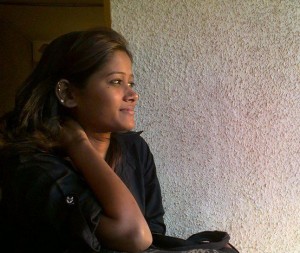
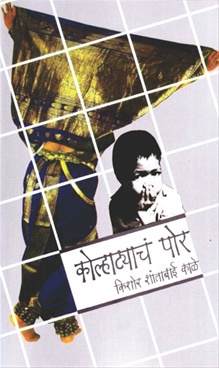
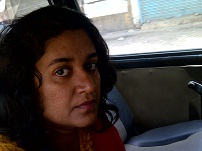
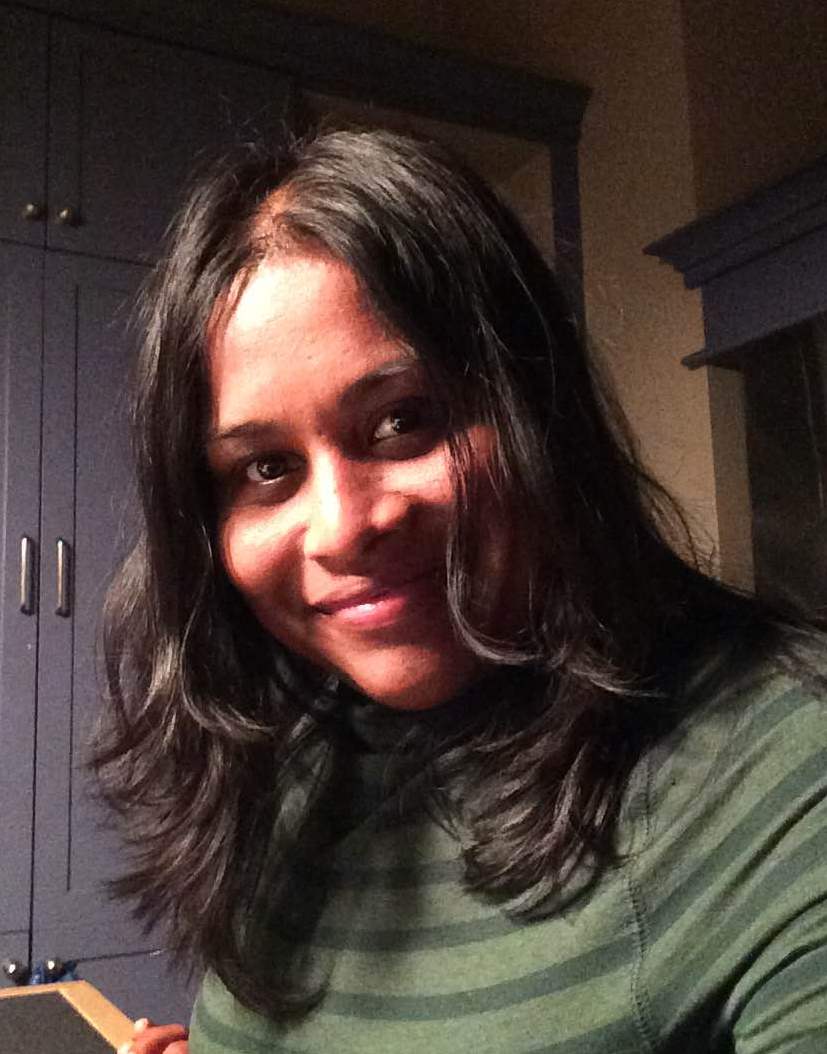
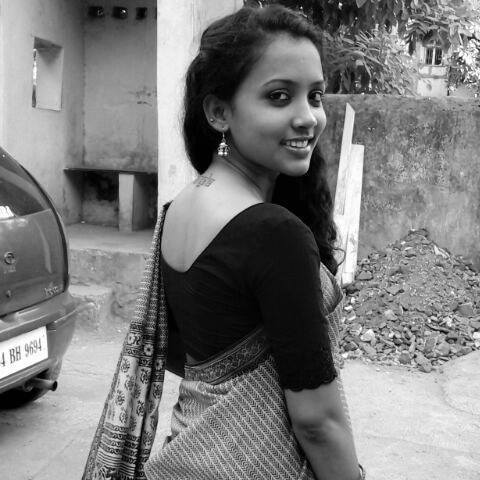
Nice !!!
Superb…